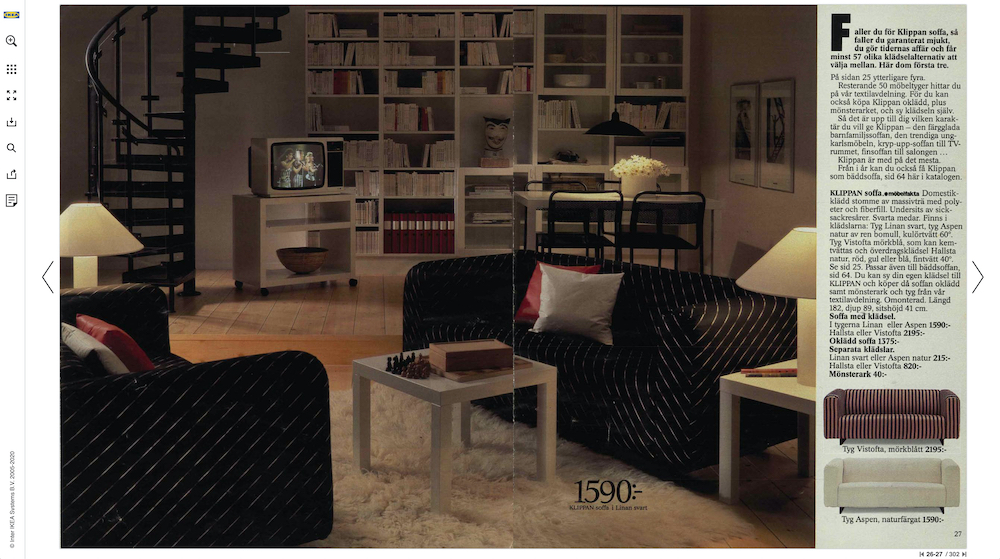

“It meant we all pushed each other to our limits.” First decisionĪs soon as we had the main team in place, we knew we had to hit the ground running, and so we did. “Having all these different minds on the project made the difference,” says Daniel van der Schoor, manager at TWNKLS. Also essential was our collaboration with TWNKLS, located in Rotterdam, the Netherlands, and one of the few companies completely dedicated to the development of augmented reality and computer vision. Our own team at SPACE10 was set up similarly, with Kaave Pour (Creative Director) and Daniel Friis (Digital Lead) operating from our office in Copenhagen, Bas van de Poel (Creative Strategist) working between Copenhagen and Amsterdam, and Bryan Wolff (Writer, of both the app and this article) primarily based in New York. As they each live in a different city, the philosophy behind their decentralised studio quickly became the ethos of the project: “It’s nice to work with people who sit right next to you,” says Mathias, “but it’s far more important that they’re the right people.” Longtime SPACE10 collaborators Sebastian Gram and Mathias Høst Normark, from studio Norgram, led the design. Instead, we ensured we worked closely with IKEA, of course, and involved many other points of view, in order to make IKEA Place as natural to use as possible. It’s easy to get caught up in the technology and just look at the innovation of AR, but that would be a limited point of view. We felt an obligation to fulfill this potential, and knew that the only way we’d stand a chance would be by putting the people front and centre. AR is a way to bridge the imagination gap and not only continue to democratise design, but to potentially democratise interior design, too. With augmented reality they can suddenly meet people wherever they are. There’s never been a more essential time for IKEA to innovate and find new ways to reach people. Today, not everyone is on the doorstep of an IKEA store, and nearly 40 percent of people deal with an “imagination gap”: a lack of confidence in taking risks regarding changes in their homes. Yet the potential importance for IKEA cannot be overstated. Placing furniture in augmented reality has always been an obvious use case, so much so that it’s easily taken for granted.

Meaning that every guideline from the past decade has to be reconsidered. With AR, people are no longer just looking at their screens, they’re looking through them. With the iPhone being 10 years old, everyone has spent the best part of a decade getting used to communicating with, working on, and designing for small screens. Besides being challenged by a very short timeframe, we also needed to completely rethink every UI and UX convention we’ve come to know in the smartphone era.


 0 kommentar(er)
0 kommentar(er)
